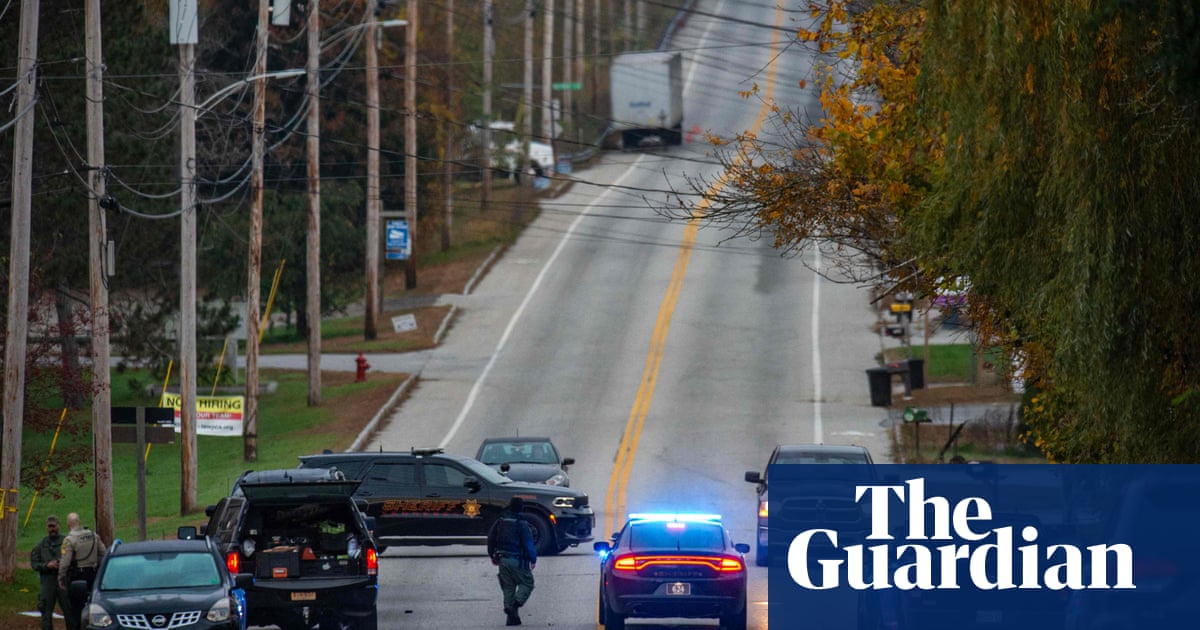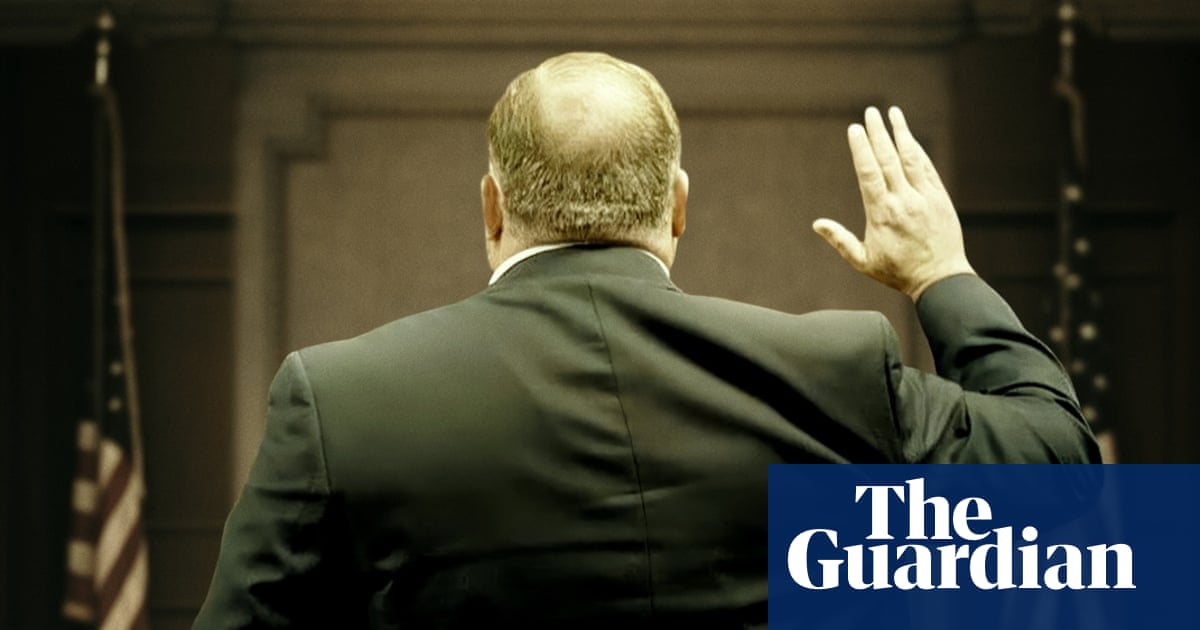
n Alfred Hitchcock’s Rear Window, that classic of locked-down cinema, the photographer LB Jefferies (played by James Stewart) gazes out at his doll’s house kingdom of Manhattan apartment windows, peering remotely into others’ lives. A leg in plaster has confined him to the building, and so he falls back on his professional instinct to watch. As weeks pass, he becomes convinced that the man opposite has committed murder, killing his invalid wife and preparing for a new life with his girlfriend. For Hitchcock’s voyeuristic hero, at least there’s the comfort that wickedness resides in other people’s apartments and not in his own. Likewise, in The Birds, a makeshift family shelters in place, cowering in an enclosed room, awaiting attack. For the director, there were memories in this of a claustrophobic night spent in Claridge’s hotel in London during the blitz, stuck helplessly in his room, as death fell around him. Again, the danger’s beyond, a threat from elsewhere.
Yet a grimmer version of such locked-in movies exists, gothic visions where the sweet home sours. In these films, when you lock your door, turning the key on your uncertainty, you merely lock uncertainty in with you. Such films play out that archetypal moment from When a Stranger Calls, when Carol Kane learns that the killer’s phone calls are coming from inside the house. For us all, hesitantly emerging, for now, from seclusion, it reminds us how often cinema has hallucinated the home, reimagining our safe space as fraught with menace. In these films, being stuck in the house is to be caught in a trap.
In part, it is being ensnared in a haunted house that unnerves us, as in Hideo Nakata’s Dark Water or Babak Anvari’s Under the Shadow, or Stanley Kubrick’s The Shining, with its gloriously deranged vision of “cabin fever”. In such films, it is unclear whether the spirits occupy your territory or you have intruded on theirs. They, after all, got there first. With the house come the haunters. But most terrifying is the thought, as in The Shining, that it is not a ghost who threatens you but the living person you love.
The expert on such terrors is Roman Polanski, a man whose imagination, even before his arrest and brief incarceration for rape, persistently dived down the track towards constriction. It’s no coincidence that one of his best works is called Cul-de-sac. It’s curious that some of the best city films are housebound, confined to quarters, whether in the London of Repulsion, the Paris of The Tenant, or the New York of Rosemary’s Baby. These films of Polanski’s offer a suffocating city. For Rosemary Woodhouse (Mia Farrow), Manhattan is not the place of reinvention and possibility, as in Breakfast at Tiffany’s, but of constraint.
Critic Maria Kornatowska argued that all Polanski’s films replay echoes of his experiences as a child imprisoned by the Nazis in the Kraków ghetto, caught between claustrophobia and agoraphobia. It becomes unclear which is more terrifying, the chance encounter with a stranger on the street or the people you are enclosed with in the home. In some other versions of apartment horror, anxiety focuses on flatmates and lodgers, semi-strangers who share your space, the street’s randomness brought into the domestic realm. In Barbet Schroeder’s Single White Female – as in Performance or The Tenant – the fear is that the other there in the flat may merge with you, a dark doubling where your own four walls enclose the erasure of your identity. In Performance, dosed with psilocybin by Mick Jagger, James Fox’s gangster on the run finds himself, like Polanski’s victims, at one and the same time hiding out in the house and out of his skull.
It is Rosemary’s Baby that goes furthest in unveiling the home itself as the ultimate fear. As such, it stands as a work for our time too, besieged as we are by hazards out there, but perhaps also unnerved by the terrors within. The apartment becomes a dreamed place, nightmarishly containing the dread of others. It acts as a porous property; the outside world has come inside, drifting with the neighbours’ voices through the walls, or connected by concealed entrances from the witches’ coven next door. In ways all too familiar to us in these last months, outside almost vanishes. When cutting down the movie, Sam O’Steen edited out most exterior moments – all of those instances where Rosemary stepped out, met friends, seemed free. While most of the New Hollywood movies headed down the highway or lit out for the frontier, Polanski was moving inwards, framing an interior America.
Rosemary is caught between two terrible possibilities, as she’s either the victim of a supernatural plot or entangled in a domestic nightmare. Either way, in living with her husband, she’s actually cohabiting with a horror. It’s a murky place to be, and it’s strange to see how contemporary Rosemary’s tarnished 60s dreams now seem, the Sunday colour supplement consumer world smeared by visions of a shadowy domesticity, an inner space from which there can seem no escape.
• Michael Newton’s BFI Film Classics book on Rosemary’s Baby is available now












